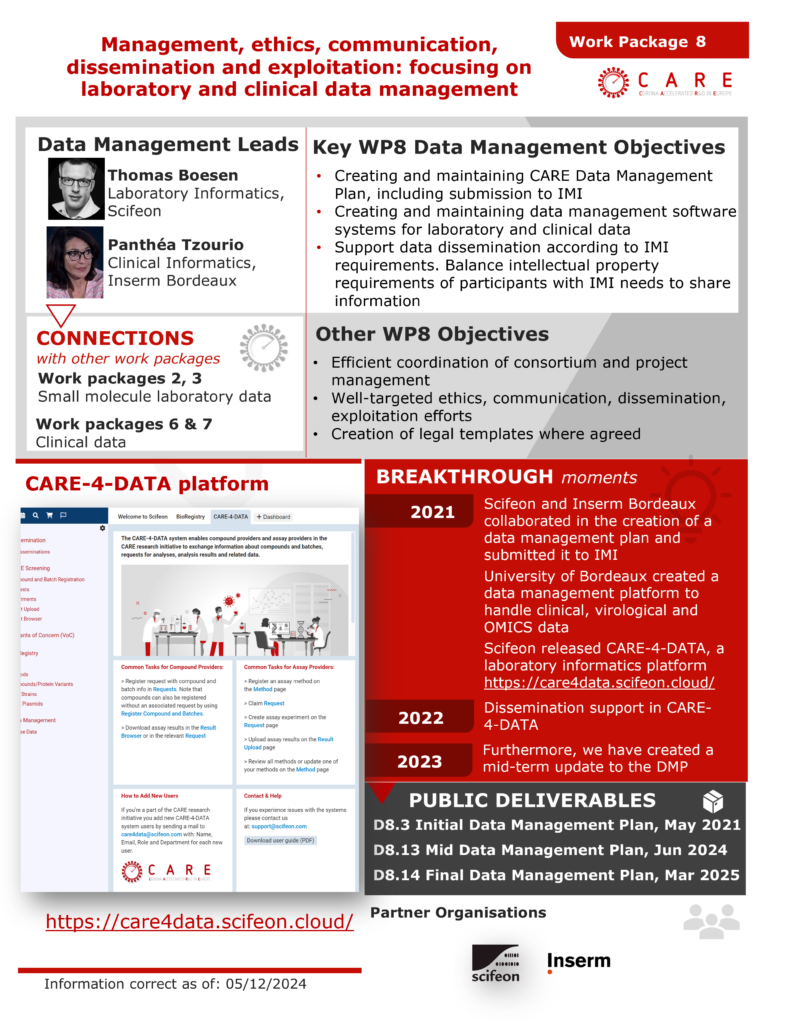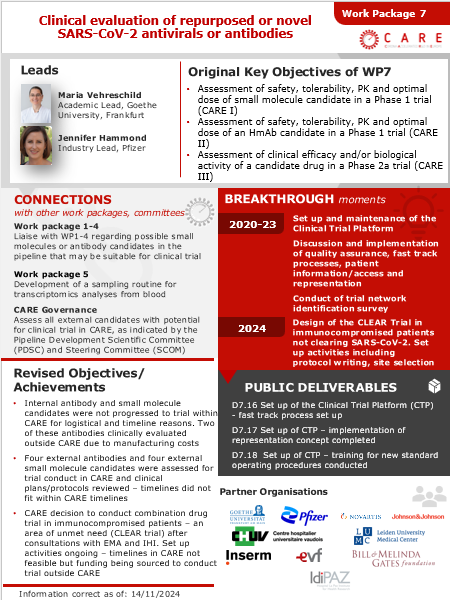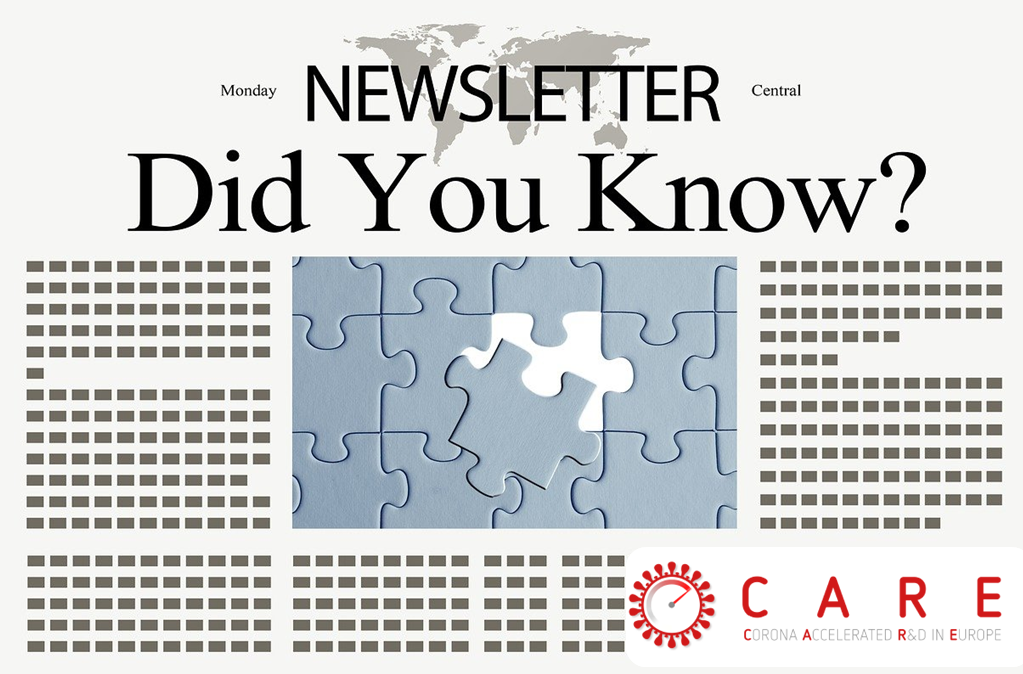Dr Duncan Scott, Coronavirus Portfolio Lead, DDU University of Dundee commented, “We are very excited at the Dundee Drug Discovery Unit to be collaborating with Novartis, a world-leading pharmaceutical company, to push the frontier of coronavirus drug research and develop medicines for any future coronavirus pandemics”.
Working alongside Duncan, the DDU team in WP3 are Colin Robinson, Ian Gilbert, Irene Georgiou, Craig Smith, Sandra O’Neill, Shamshad Ahmad, Lesley-Anne Pearson, John Post, Suzanne Norval and Sean O’Byrne. The DDU is led by Prof Ian Gilbert and Dr Duncan Scott with funding by the Bill & Melinda Gates Foundation.
The Novartis team is part of the NIH-funded Antiviral Drug Discovery (AViDD) Centers for Pathogens of Pandemic Concern which were set up to accelerate antiviral treatments for pandemic preparedness and will be bringing toxicology and virology expertise.
While attention in the healthcare sector has shifted away from COVID-19, the DDU and Novartis still recognize the risk of a future coronavirus pandemic and are prepared to continue to develop the work started in CARE WP3. This endeavour reinforces the value CARE has brought to pandemic preparedness, thus contributing to CARE’S legacy – through being a platform from which CARE’s research can continue to bear fruit.
To learn more, click here:





